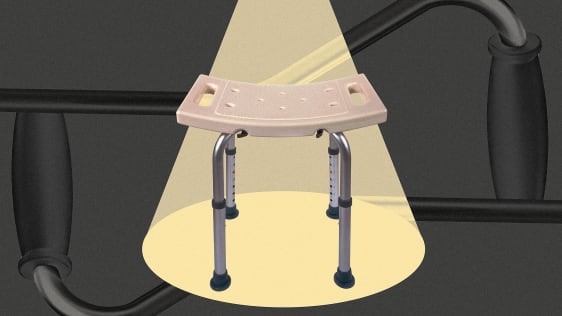What design for aging gets horribly wrong

Ten thousand people are turning 65 every day in the United States, and all boomers will be 65 by 2030, but the realities of life after 65 often look far richer and more diverse than our cultural stereotypes would suggest. Older adults are living longer, and they have big and dynamic goals and aspirations. They are starting new businesses, adopting new tech, and more likely to try new things. Older adults are also the wealthiest age group, accounting for 53% of all household wealth, according to data from the Federal Reserve. Additionally, those 50 and up are responsible for about 50% of all consumer spending.
The opportunity to apply great design to products and services for older adults is massive, but doing it successfully will require looking beyond our entrenched narratives about this demographic and involving them in the design process. Most importantly, it should force us to think about how we can design for richer, more connected, and more purposeful lives—not just longer ones. So, how do we shed our traditional views of design for the colossal aging market and elevate our expectations?
READ MORE HERE
-
By
-
Published
Aug 02, 2021
-
Subject Area
- Elder Abuse, Frauds, & Scams
- Information, Referral, & Advocacy
- Ageism
-
Audience
- Service Providers (Non-profits, Community Organizations, Local government)
-
Category
Newsletter
Sign up for the Healthy Aging CORE Alberta e-news to keep up-to-date with activity from the platform and the Community-Based Seniors Services (CBSS) sector across the province.
